The path to making better choices is strewn with confusion. Some of the noise comes from well-intentioned but muddled perspectives; some is deliberate misinformation. Should I be vegan? Are cows the cause of our dreadful weather? Don’t we have the right to cheap food? Deirdre O’Mahony has spent her career exploring our relationships to land and its traditions, so her new exhibition is a good place to look for answers.
O’Mahony’s previous projects include X-PO, a social and cultural space in a former Co Clare post office; Spud, which was dedicated to “expanding the possibility of what could be articulated using the potato”, and included making potato cakes for the Frieze art fair; and Farm, a “transatlantic exchange” that traced similarities in the problems facing farmers in Ireland and Colorado, including impoverished soil, failing crops, floods and droughts.
[ Modern Ireland in 100 Artworks: 2007 – X-PO, by Deirdre O’MahonyOpens in new window ]
All of this makes O’Mahony one of the most interesting artists working in Ireland. In person she is remarkably modest, but her artwork speaks of decades of quietly dedicated activism, and she has an exceptional talent for bringing different people, perspectives and communities into her projects. In 2017 her Speculative Optimism looked at the potential of sainfoin, once widely grown for animal forage. A natural wormer, sainfoin fell out of use during the so-called Green Revolution, and exploring its story gives you an idea of just how far-reaching the impacts of policies relating to agriculture can be.
The Green Revolution saw plants such as sainfoin being replaced by high-yield cereals. The agricultural scientist Norman Borlaug, known as the father of the Green Revolution, was credited with saving more than one billion people from starvation; he won the Nobel Peace Prize in 1970 for improving food supply. Yet the seed varieties used require more pesticides, more fertiliser and more irrigation, calling for larger farms and new, more industrial economic models for both farming and food. It has also led to soil depletion, toxic run-off and wide-scale pollution of our rivers and lakes. The problem was not with the idea but with the scale of its implementation and the fundamentalism of its adoption, to the extent that what was life-saving then has led us to the precipice of disaster now.
RM Block
At O’Mahony’s The Quickening, currently at the Douglas Hyde Gallery, at Trinity College Dublin, the first, unlikely star of the show is a dung beetle. Those among us who have never closely observed dung beetles may be surprised at their secret beauty; at the iridescent hues and intricate armour that hides their delicate wings. At the centre of the exhibition is The Quickening itself, a 35-minute film based on four years of interlinked research projects by the artist. The title comes from a 2008 book by James F Collins, Quickening the Earth: Soil Minding and Mending in Ireland.
O’Mahony held two feasts at which farmers, food producers, scientists, food-business owners, politicians and policymakers sat down to dinner, drank from porcelain cups the artist had modelled from potatoes, and agreed to have their conversations recorded. The results of these recordings form the text of the sung soundtrack to The Quickening, which the artist describes as a libretto but is more folk music than opera in the way it inflects its reception with a sense of deep knowledge, rooted in the wisdom of tradition, preserved in song to be passed on.
“People buy plant-based foods not knowing that they’re made in industrial complexes with 1,000-mile supply chains,” goes a line. “Is there any good news?” asks another. “Farmers get called climate villains, but it was the department who said, ‘Take out the ditches.’”
Google dung beetles and you will quickly discover plenty of advice on how to kill them, but they are a vital part of the ecosystem. Listen to the haunting voices in The Quickening and start to marvel at the complexity of the processes, including those of the dung beetle, that support life on Earth. Later in the film a huge crop-spraying machine will fold its own enormous arms like a pair of wings, vaster on an almost unimaginable scale, as it drives across huge fields.
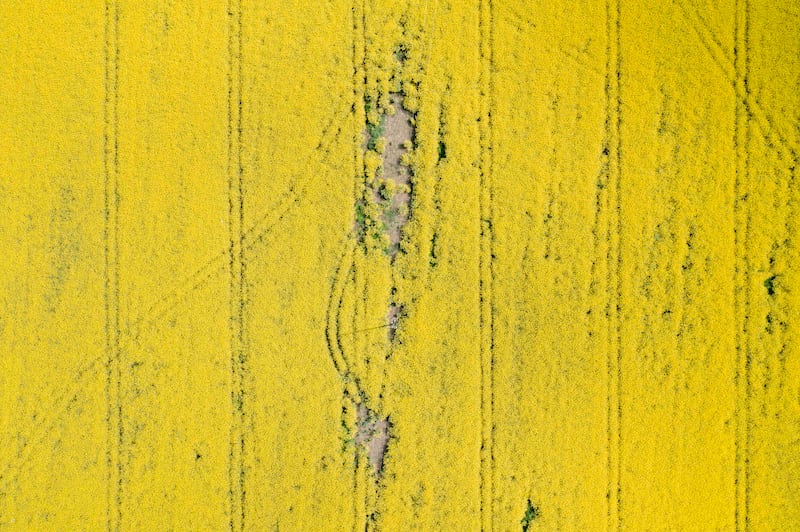
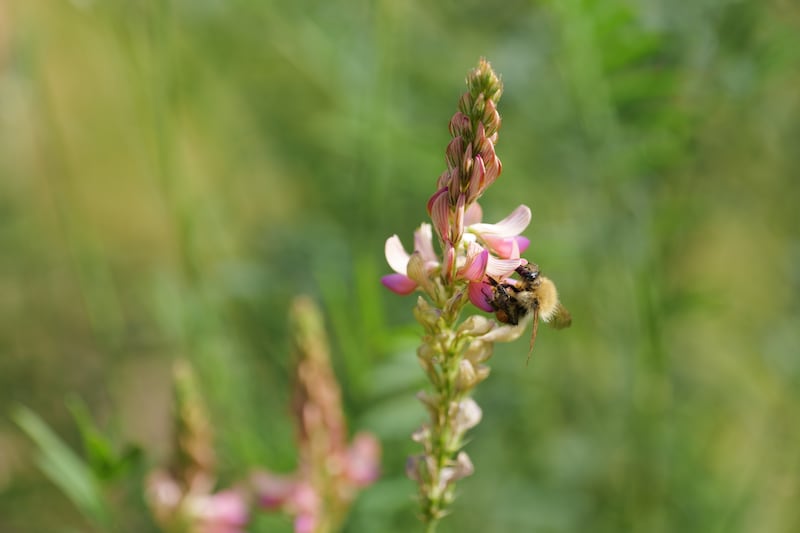
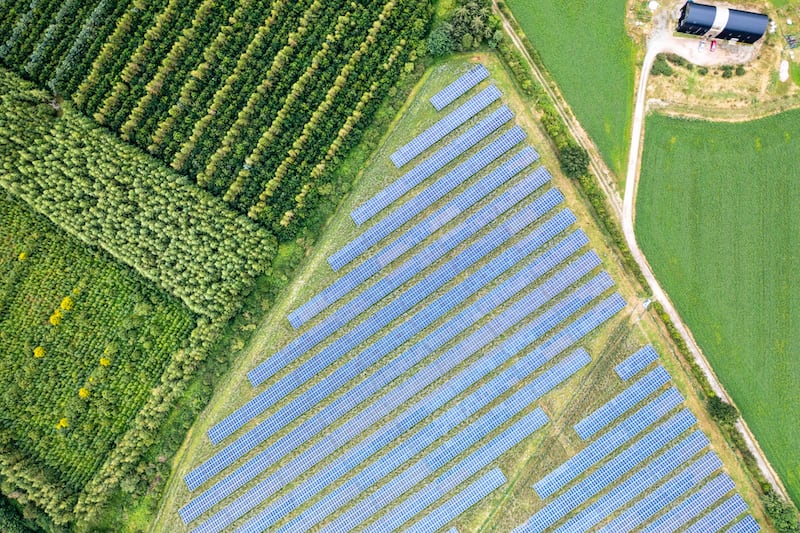
As the narrative of The Quickening shows, the pronouncements of industrial-scale lobby groups do not represent all farmers, just as all farmers are not trying to make ends meet on smallholdings. But how can we know when we are listening to the voices of farmers or, instead, to the rhetoric of global food companies and the chemical industries, which have a different set of agendas? Farmers themselves are often caught in the middle. Part of the strength of The Quickening is how subtly O’Mahony balances its themes, manoeuvring away from the oppositional arguments that so frequently derail conversation. So no: to suggest we get back to older ways of farming does not mean we want every child to die of rickets. Sometimes everyone can be a little bit right – and simultaneously a little bit wrong.
I happened to see The Quickening the same week I finished reading Barbara Kingsolver’s Demon Copperhead. Towards the end of this extraordinary book the central character, Damon (aka Demon), describes the way that industrial mining companies bought up farmlands in Virginia and deliberately impoverished residents, leaving them with no choice but to accept the low wages on offer. Demon compares poverty in urban areas with that in rural ones – where, despite all the deprivations, community may manage to survive, and people can still grow, pick or hunt food.
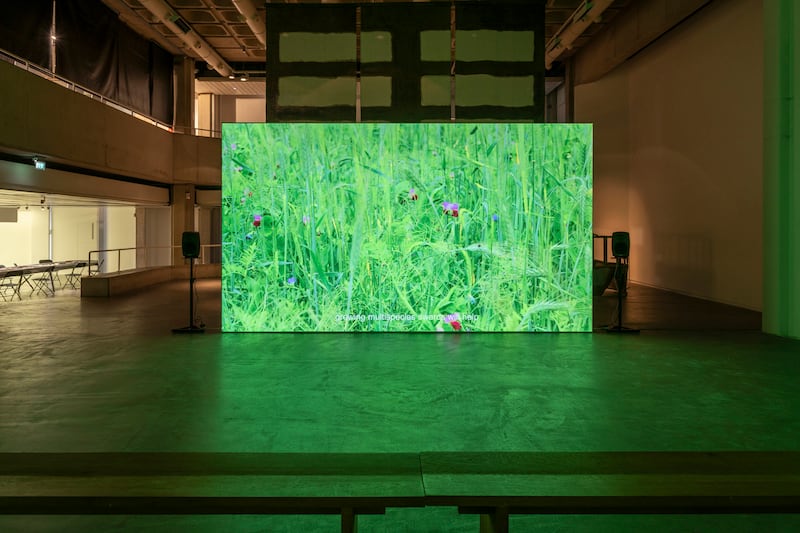
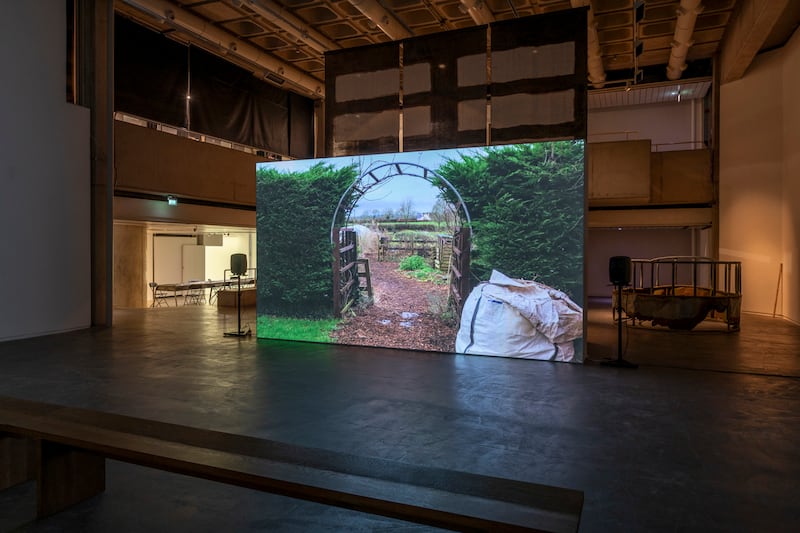
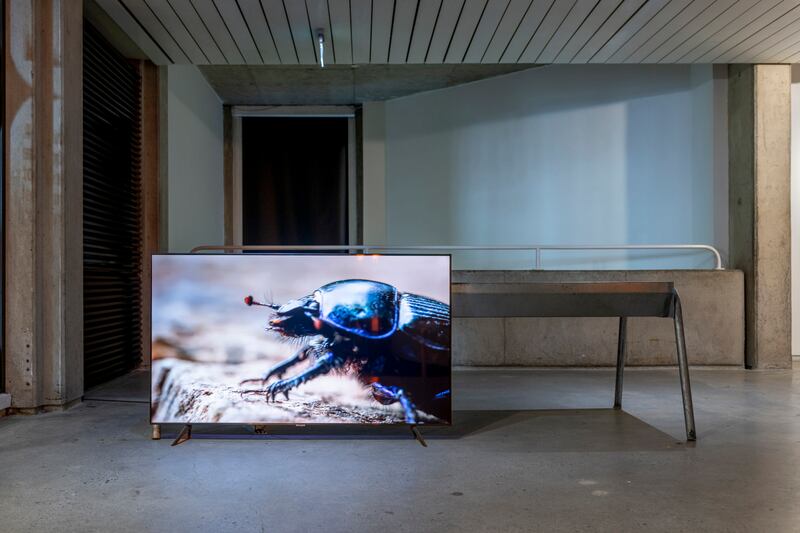
“I think everyone should try growing something and fail,” sings one of the voices in The Quickening. “Nutrition is public health, care about the health of the nation,” sings another. “But the people who can’t afford to have bad health are forced to buy the cheapest food.” “Less money spent on food means more for people to spend on consumer goods and services.” “Nature shrinks as capital grows,” repeats a refrain.
Sometimes the things we think of as inevitable or self-evident are actually the sophisticated manipulations of powerful interest groups. It is enough to cause a quickening of rage. It should be more than enough to inspire an antidote to one-sided lobbying, create a space for more informed conversation, and maybe even plant the seeds of crucial change.
The Quickening, by Deirdre O’Mahony, is at the Douglas Hyde Gallery, Trinity College Dublin, until Sunday, June 23rd. It will tour to Void Art Centre, in Derry, in 2025. Creative labs and workshops run throughout the exhibition. The film is being shown at one-off events in barns, farms and community centres for the Walls & Halls tour, which runs until Saturday, May 4th, including in Callan, Co Kilkenny; Aughrim, Co Wicklow; Clonmel, Co Tipperary; and Foulksmills, Co Wexford
Six more art events exploring our lands and seas
Celina Muldoon: The Gate, or The Disk of the Sun Will Turn to the Disk of the Moon and Our Children Sold to Silver
Installation and performance work looking at the climate emergency spiced up with global politics and a dash of late-stage capitalism. At the Royal Hibernian Academy, Dublin 2, until Sunday, April 21st.
Cork Printmakers: Climate Action Programme
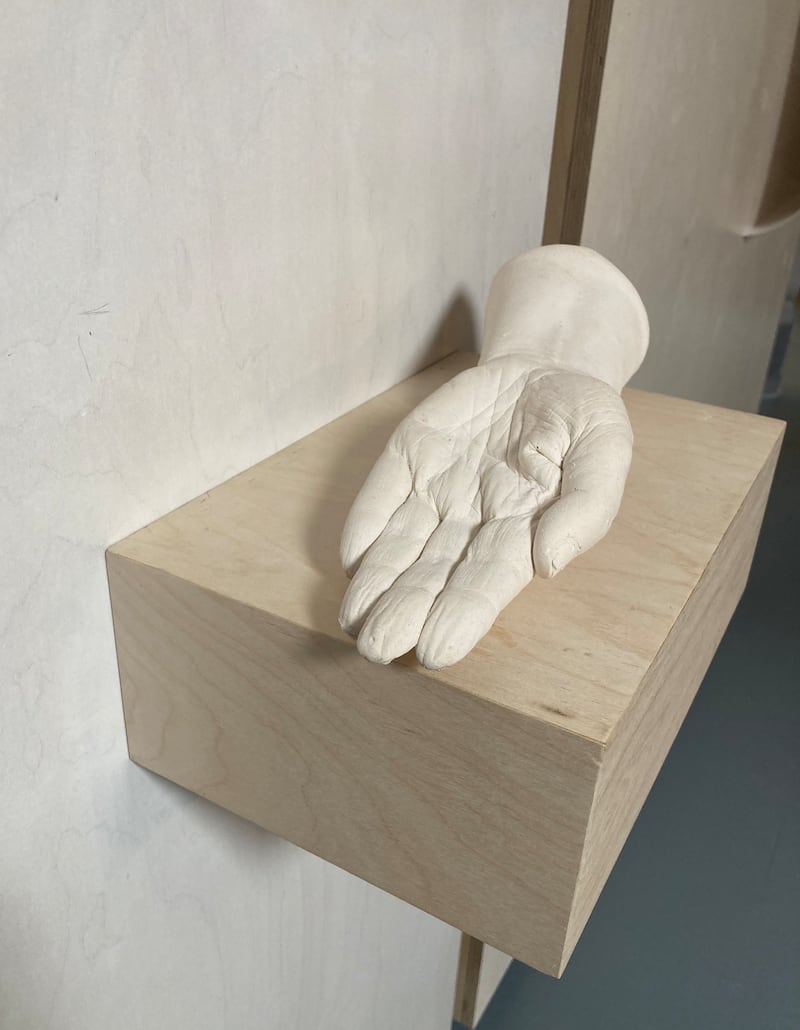
A season of work at Cork Printmakers looks at aspects of the land through the lens of tradition and heritage, farming and growing practices, and climate. Catherine Hehir’s Engaging with a Space In-between, which runs until Friday, April 26th, will be followed by Dig Where We Stand, by Aoife Barrett and Kate O’Shea (May-July), and Arctic Archive, by Elize De Beer (October-November).
Martina O’Brien: Draft Fissure
Going beneath the surface, Martina O’Brien has been making marine expeditions off the coast of Galway for a number of years. Her exhibition looking at the scientific and industrial practices transforming the ocean, and our relationships with it, is on show at Galway Arts Centre until Saturday, May 25th.
The Glenkeen Variations
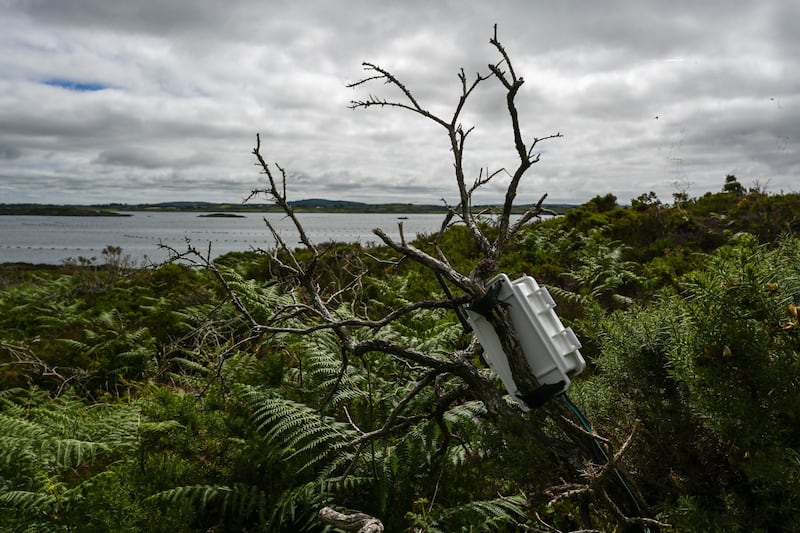
The late Ulrike Crespo’s Glenkeen Garden at Roaringwater Bay, in west Co Cork, has been offering artist residencies since 2021. Ten former residents showcase work exploring relationships between art and nature at the Goethe-Institut in Dublin, the Glucksman gallery at University College Cork, and the Working Artist Studios in Ballydehob, in Co Cork. Composing Landscapes by Markus Huemer, Christiana Chiranagnostaki, Konstanza Kapsali and Tania Rubio is at the Goethe-Institut from Wednesday, May 8th, to Saturday, June 8th, while the artists will present a talk at the Glucksman on Friday, May 10th.
Groundwork
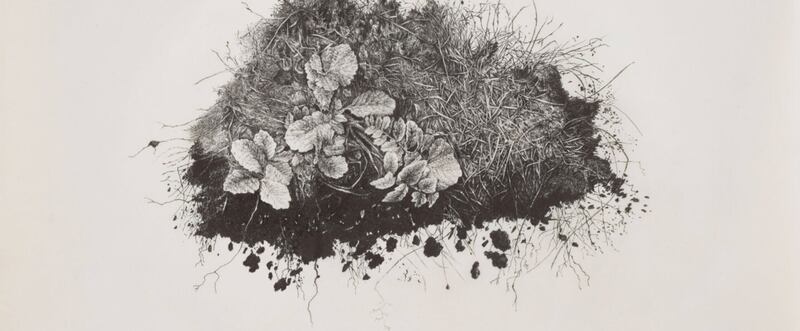
Group exhibition drawn from works in the University College Cork art collection with the environment in mind. Includes work by Dara McGrath, Gwen O’Dowd, Garrett Phelan, Miriam De Búrca, Norah McGuinness, Gabhann Dunne and more. At the Glucksman until Sunday, November 3rd.
Eco Showboat
Anne Cleary and Denis Connolly’s solar-powered boat, the Mayfly, has been touring Ireland’s waterways with pop-up events bringing together artists, scientists, writers and thinkers to inspire ideas and create conversations. Eco Showboat, which was shortlisted for a New European Bauhaus prize this year, comes to Lough Derg this summer.



















